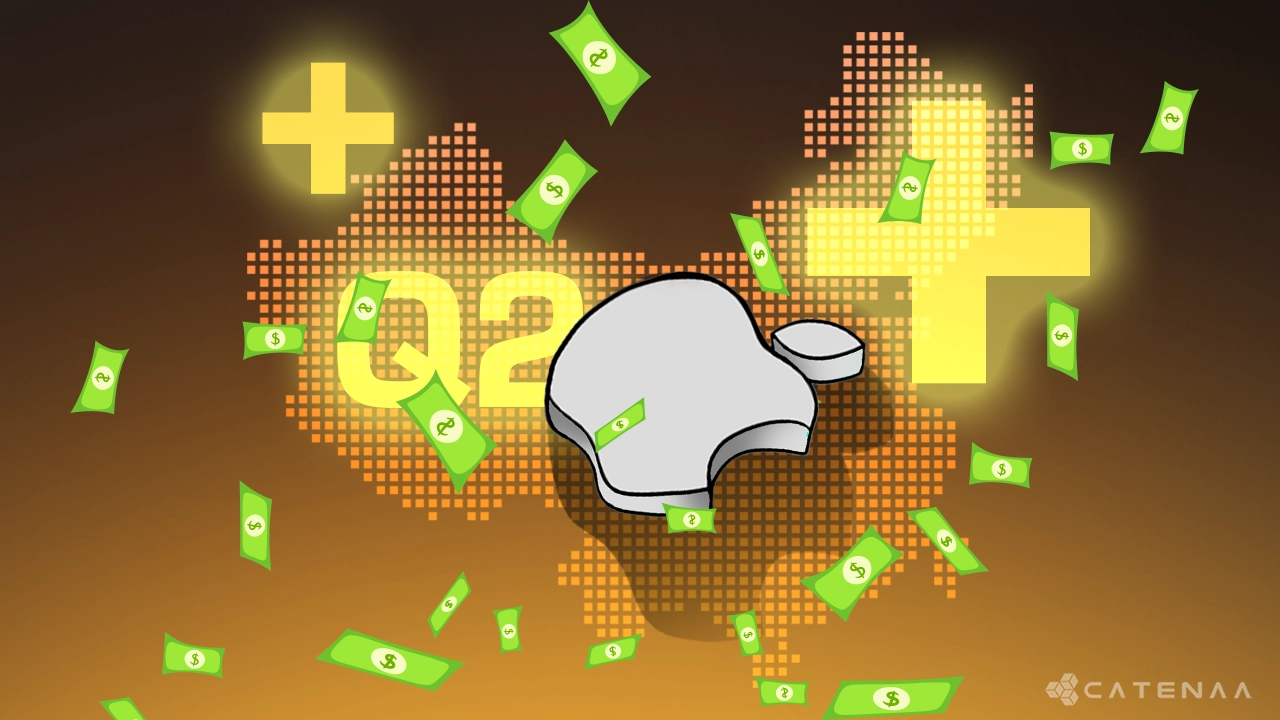Catenaa, July 04, 2025- Stablecoins are rapidly moving from niche cryptocurrencies to mainstream financial instruments, with banks, credit card companies, and Fortune 500 firms issuing their own digital tokens.
This surge could reshape how money moves in the US and worldwide, cutting transaction costs and speeding payments.
Circle’s USDC, the largest stablecoin, saw its stock surge 750% in June following its IPO, fueling partnerships like Coinbase’s deal with Shopify to enable USDC payments for merchants.
Payment firm Fiserv also announced a stablecoin to complement the 90 billion transactions it processes annually.
Mastercard has added support for four stablecoins on its Multi-Token Network, targeting institutional clients with 24-hour settlement, while Visa is upgrading its payment infrastructure with stablecoin technology. JPMorgan launched a token backed by commercial bank deposits, offering faster, cheaper settlements for institutional clients while linking to traditional banking.
Policy developments support the trend.
The US Senate recently passed the bipartisan GENIUS Act, setting consumer protections, reserve requirements, and anti-money laundering rules for stablecoins.
However, some lawmakers criticize the bill for insufficiently addressing conflicts of interest, citing a stablecoin tied to President Donald Trump’s family firm.


